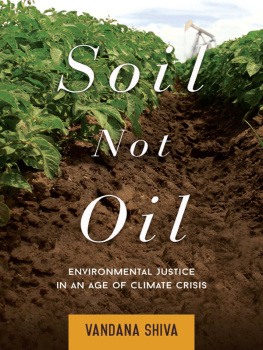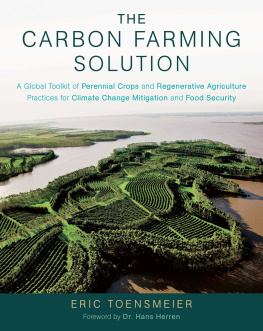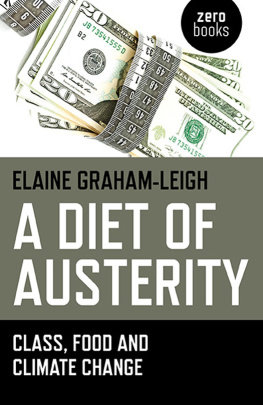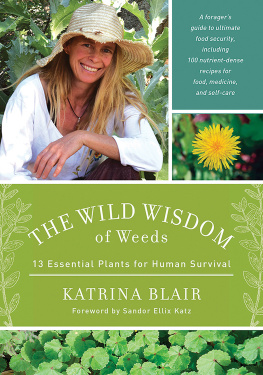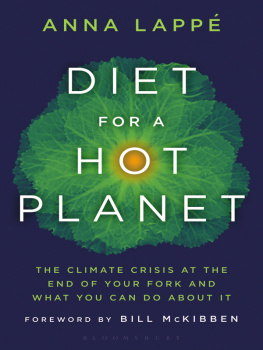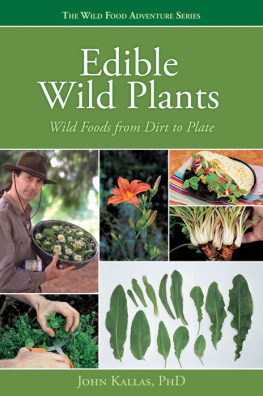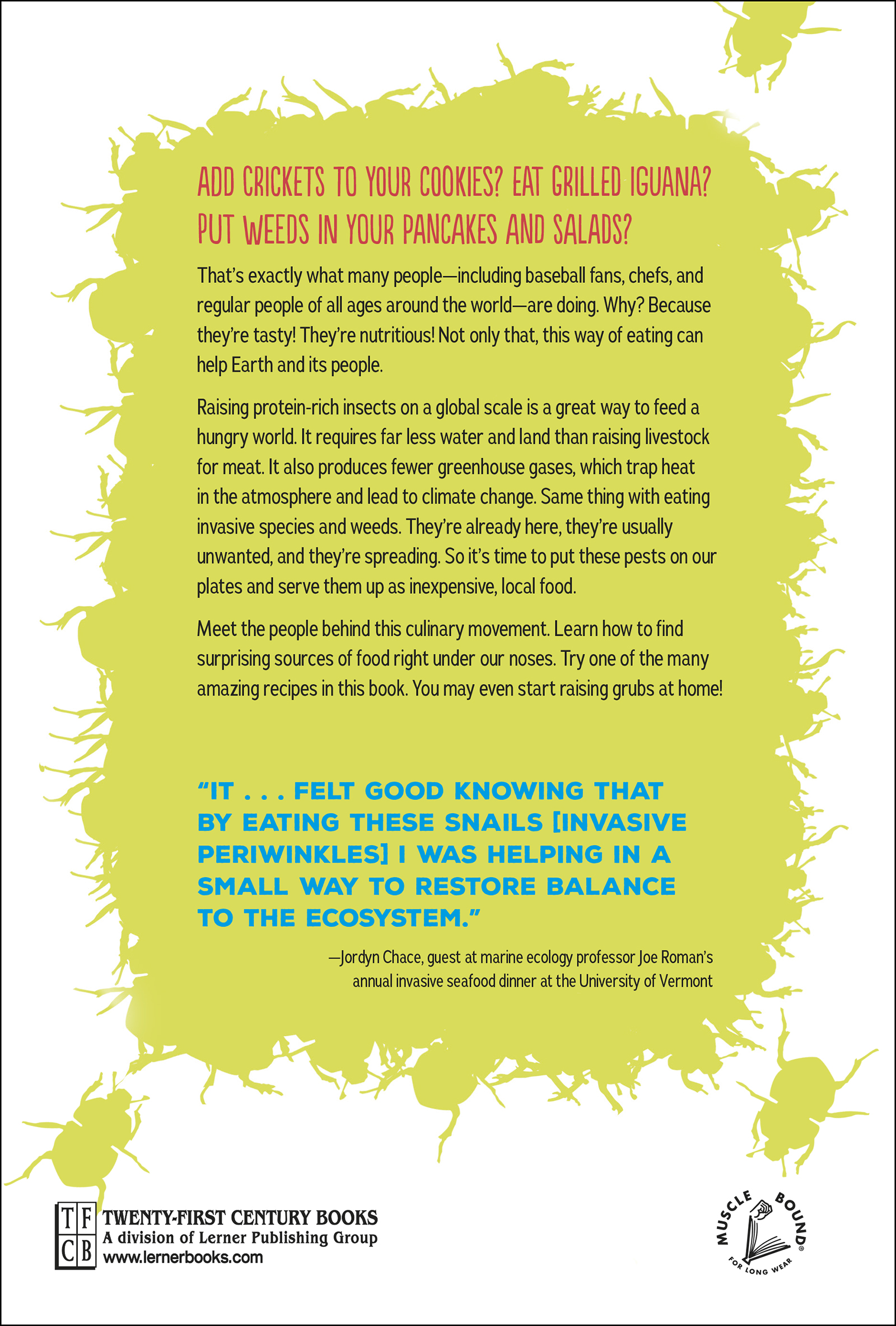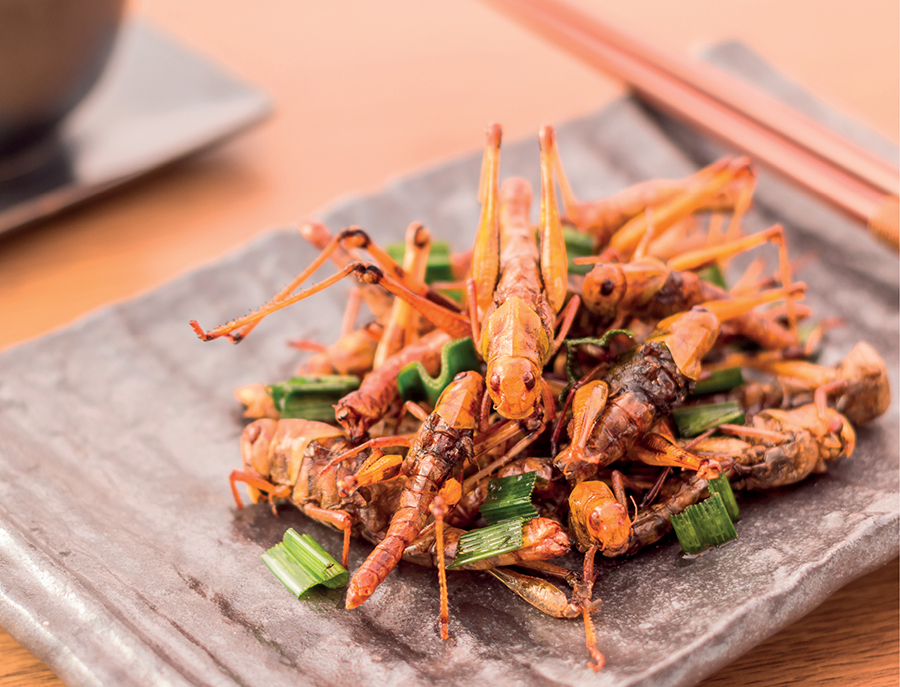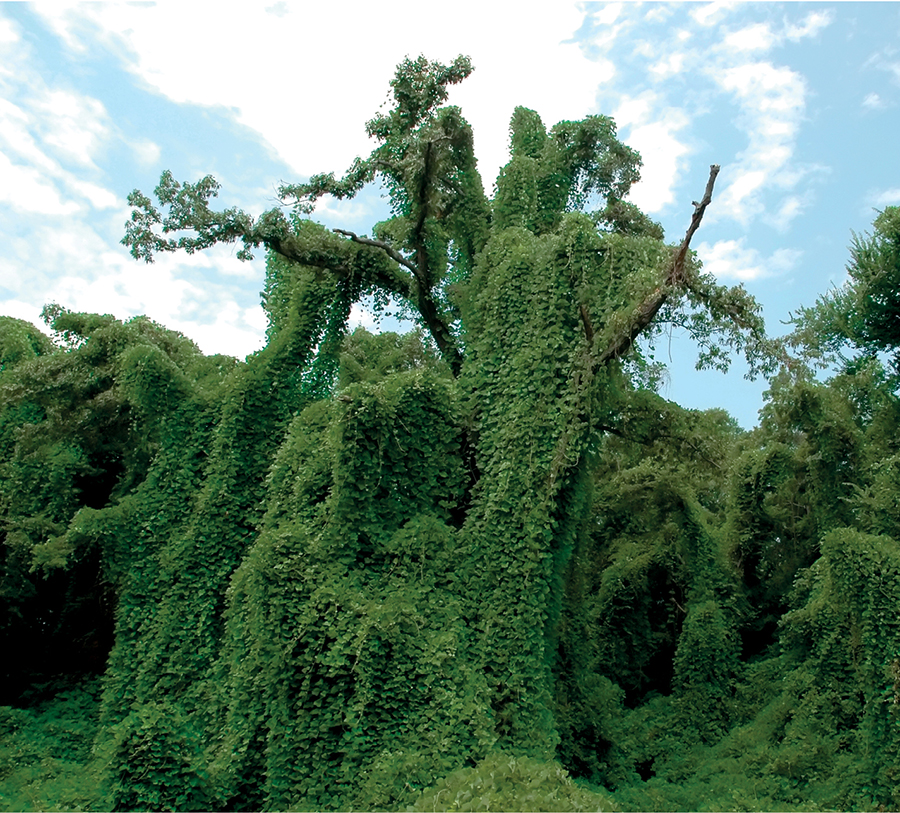This book is dedicated to all the young people who hold the future of the world in their hands. We hope that our words will help inspire new weed-eaters, invasivores, and entomophagists.
... and especially to Abigail, Nathan, Marina, and David CM
... and to Lou for continued support and encouragement. (He does not know about the ants in the frittata yet.) SH
A huge thank you to our fabulous editor at Twenty-First Century Books, Domenica Di Piazza, who nurtured this book so well from its buggy beginnings.
Text copyright 2019 by Christy Mihaly and Sue Heavenrich
All rights reserved. International copyright secured. No part of this book may be reproduced, stored in a retrieval system, or transmitted in any form or by any meanselectronic, mechanical, photocopying, recording, or otherwisewithout the prior written permission of Lerner Publishing Group, Inc., except for the inclusion of brief quotations in an acknowledged review .
Twenty-First Century Books
A division of Lerner Publishing Group, Inc.
241 First Avenue North
Minneapolis, MN 55401 USA
For reading levels and more information, look up this title at www.lernerbooks.com .
Main body text set in Adrianna Condensed Regular 11/15.
Typeface provided by Chank.
Library of Congress Cataloging-in-Publication Data
Names: Mihaly, Christy, author . | Heavenrich, Sue, author.
Title: Diet for a changing climat e : food for thought / Christy Mihaly, Sue Heavenrich.
Description: Minneapoli s : Twenty-First Century Books, [2019 ] | Includes bibliographical references and index . | Audience: Age 1318 . | Audience: Grade 9 to 12 . |
Identifiers: LCCN 2017043702 (print ) | LCCN 2017046753 (ebook ) | ISBN 781541524774 (eb pdf ) | ISBN 781512481211 (library boun d : alk. paper)
Subjects: LCSH: Food habitsEnvironmental aspectsJuvenile literature . | DietJuvenile literature . | PestsJuvenile literature . | Local foodsJuvenile literature.
Classification: LCC GT2860 (ebook ) | LCC GT2860 .M54 2019 (print ) | DDC 613.2dc23
LC record available at https://lccn.loc.gov/2017043702
Manufactured in the United States of America
1-43282-33106-4/2/2018
9781541538160 ePub
9781541538177 ePub
9781541538184 mobi
Contents
Chapter 1
Food Outside Your Front Door
Chapter 2
Put Some Wild in Your Salad
Chapter 3
Eat the Pushy Invasive Plants
Chapter 4
Exotic Pests Can Be Delicious
Chapter 5
Expand Your Aquatic Menu
Chapter 6
Land Invaders on Your Plate
Chapter 7
Bugs for Lunch
Chapter 8
Crickets Are the Gateway Bug
Chapter 9
Rustle up Some Grubs
Chapter 10
Eating on the Wild Side
Introduction
Earth is warming, seas are rising, natural habitats are vanishing, and dozens of endangered plants and animals are dying out every day. Invasive organisms are destroying crops. Millions of people around the globe are losing their homes and crops because of flooding or drought. Millions more live in extreme poverty and are starving.
Sometimes the worlds problems can seem overwhelming. The good news is that yes, you can make a difference. The challenges of climate change, habitat loss, poverty, and hunger are interrelated. They are all influenced by one thing that you can control: what you eat.
Following a diet for a changing climate requires rethinking what we consider food. We humans sit at the top of the global food chain. We are the planets top predator species. That means that if enough of us change what we eat, together we can improve the health and well-being of the global community and our planet.
By adapting the way we eat to include insects such as these fried crickets, we can impact the environment in a positive way. Raising insects consumes far fewer natural resources than other sources of protein such as cattle, pigs, and poultry.
Rethinking Food for the Twenty-first Century
Most people dont think of farms as a source of pollution. But in fact, 15 to 28 percent of emissions of greenhouse gasesthe gases that trap heat in Earths atmospherecome from large-scale farms in the United States and other developed countries. That includes methane from cows and other livestock as they burp and expel gas from their bodies. It also includes carbon dioxide from the petroleum-fueled machinery that farmers use in their fields and for transporting goods to market.
Many modern agricultural practices contribute to environmental problems. For example, farmers clear huge swaths of forest lands to make way for new cropland and pastures. This deforestation leads to the loss of critical natural habitats for many animals. Cutting down trees, which absorb water and stabilize soil, worsens flooding and soil erosion. It also accelerates global warming. Leafy tree canopies that block the suns rays keep the forest cool. And all those leaves absorb carbon dioxide, making forests critically important in the fight against climate change.
Industrial food production also requires large amounts of water. Often industrial farms raise only one type of crop. Without a variety of plants in the fields, crops are more vulnerable to pests. In addition, the soil is robbed of valuable nutrients. So farmers use huge amounts of pesticides and fertilizers to protect their crops from insects and to enrich the soil. When it rains, these toxins run into nearby waterways and pollute them, harming the plants and animals in the water. Meanwhile, droughts and harsh storms leave many small farmers struggling to raise enough food for their families and communities.
What can you do? Change your diet! Try embracing radical edibles to help save Earth. Experiment with mouthwatering meals youve never before encountered.
Pulling weeds and invasive kudzu vines from the garden and... eating them? Yes! Because these greens are local and nutritious, and treating them like trash is just tossing out good food.
Kudzu is an invasive vine that takes over a landscape quickly. The leaves are completely edible!
Hunting iguanas for food? Yes! Because in southern states, invasive iguanas are devouring local vegetation and endangering the native species that rely on those plants... and it turns out iguana meat is good to eat.
Putting crickets and mealworms into recipes... on purpose? Yes! Raising insects requires less water and produces fewer climate-warming greenhouse gases than raising cattle and other livestock. And insects provide high-protein nutrition. In fact, the Food and Agriculture Organization of the United Nations says that one of the most effective ways to feed a hungry world is for more people to eat more insects.
Food for Thought
Is eating kudzu and crickets radical? Right now it may be. But keep in mind that what at first seems subversive and gross often turns out to be cool later on. Really cool. It has happened before. Take lobster, for instance. Two hundred years ago, people thought lobsters were disgusting. In New England coastal states, people ground up lobsters to make fertilizer for their fields. They fed lobster meat to pigs and human prisoners. Today diners in restaurants pay high prices for lobster dinners.



